Description
Sodium Zincate: A Versatile Compound with a Wide Range of Applications
Sodium zincate is an inorganic compound with the chemical formula Na₂Zn(OH)₄, although it’s often represented more simply as Na₂ZnO₂. While the exact form can vary depending on the preparation method and conditions, sodium zincate solutions are typically alkaline and contain the tetrahydroxozincate(II) anion [Zn(OH)₄]²⁻. This makes it a powerful and versatile compound with a range of applications in industries like chemistry, medicine, and materials science.
Preparation and Properties:
Sodium zincate is commonly prepared by dissolving zinc metal or zinc oxide (ZnO) in a concentrated solution of sodium hydroxide (NaOH). The reaction is highly exothermic, generating significant heat, so careful control is necessary. The resulting solution is typically clear and colorless, but can appear slightly cloudy depending on the purity of the reactants.
Here’s a simplified chemical equation representing the reaction:
ZnO (s) + 2NaOH (aq) + H₂O (l) → Na₂[Zn(OH)₄] (aq)
Key properties of sodium zincate include:
- Alkalinity: Sodium zincate solutions are highly alkaline, making them effective in various industrial processes where a strong base is required.
- Solubility: Soluble in water, forming alkaline solutions.
- Reactivity: Reacts with acids to release zinc compounds and sodium salts.
- Versatility: Can be used as a source of zinc and in various chemical reactions.
Applications Across Industries:
Sodium zincate’s unique properties make it valuable in diverse applications:
- Rayon Production: A crucial component in the manufacturing of rayon fibers. It neutralizes the acidic byproducts produced during the viscose process, contributing to the fiber’s strength and durability.
- Electroplating: It is often used as an additive in alkaline zinc electroplating baths. It helps improve the plating process, resulting in a uniform, bright, and adherent zinc coating on metallic surfaces, providing corrosion resistance.
- Chemical Synthesis: Sodium zincate acts as a reagent in various chemical syntheses. It can be employed in organic reactions, such as the reduction of aromatic nitro compounds to amines.
- Medical Applications: Historically, sodium zincate has been used in topical antiseptic solutions and formulations. Its astringent properties make it useful in treating skin conditions. However, its use in medicine is less common today due to the availability of safer and more effective alternatives.
- Catalysis: Used as a catalyst in certain chemical reactions, often in heterogeneous catalysis systems.
- Dyes and Pigments: It can be used in the production of certain dyes and pigments, contributing to their color and stability.
Safety Considerations:
Sodium zincate is a strong alkaline compound and should be handled with care. Direct contact with skin and eyes can cause severe irritation and burns. Ingestion can be harmful. When working with sodium zincate, appropriate personal protective equipment (PPE) such as gloves, safety goggles, and a lab coat should be worn. Proper ventilation is necessary to avoid inhaling any fumes or dust.
Future Trends and Research:
Research continues to explore new applications for sodium zincate. Areas of interest include:
- Advanced Materials: Investigating its use in the synthesis of novel zinc-containing materials with tailored properties for applications in energy storage and catalysis.
- Water Treatment: Exploring its potential as a coagulant or additive in water treatment processes for the removal of pollutants.
- Sustainable Chemistry: Developing environmentally friendly methods for its production and exploring its role in sustainable chemical processes.
Conclusion:
Sodium zincate is a versatile inorganic compound with a wide array of applications across various industries. Its alkaline nature and ability to serve as a source of zinc make it a valuable component in chemical synthesis, electroplating, rayon production, and more. While handling requires caution due to its corrosive properties, ongoing research continues to explore its potential in emerging fields like advanced materials and sustainable chemistry, solidifying its position as an important chemical compound.

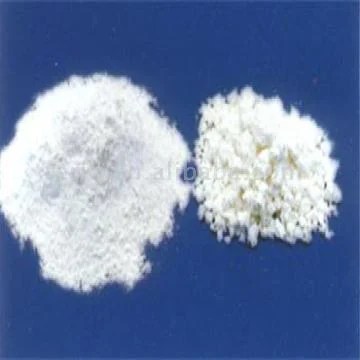
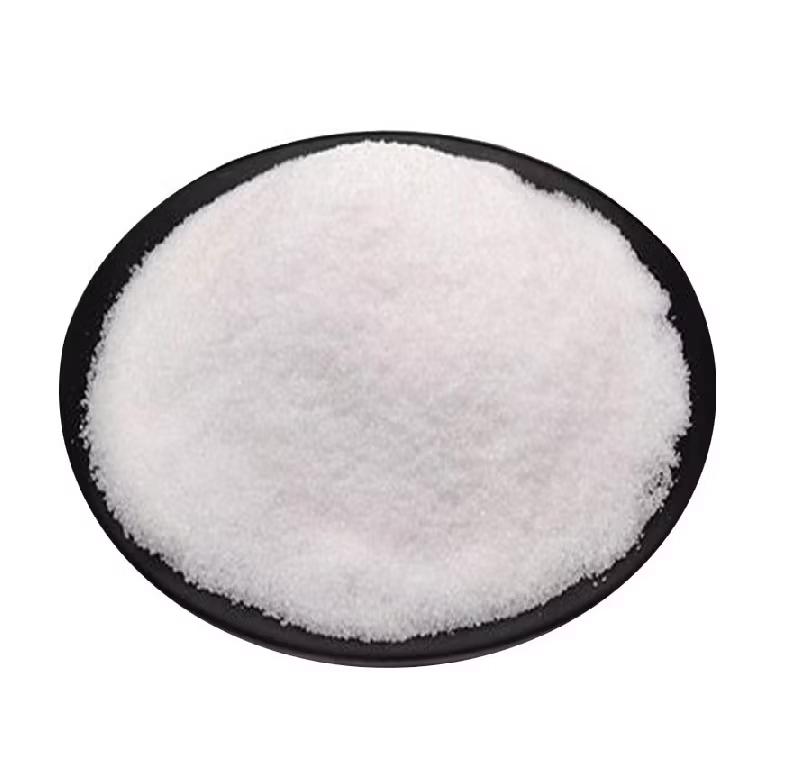
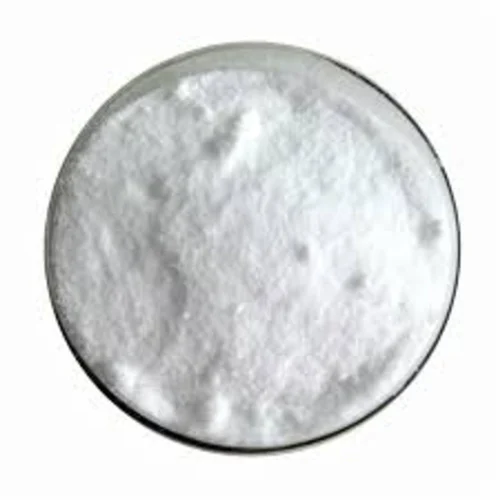
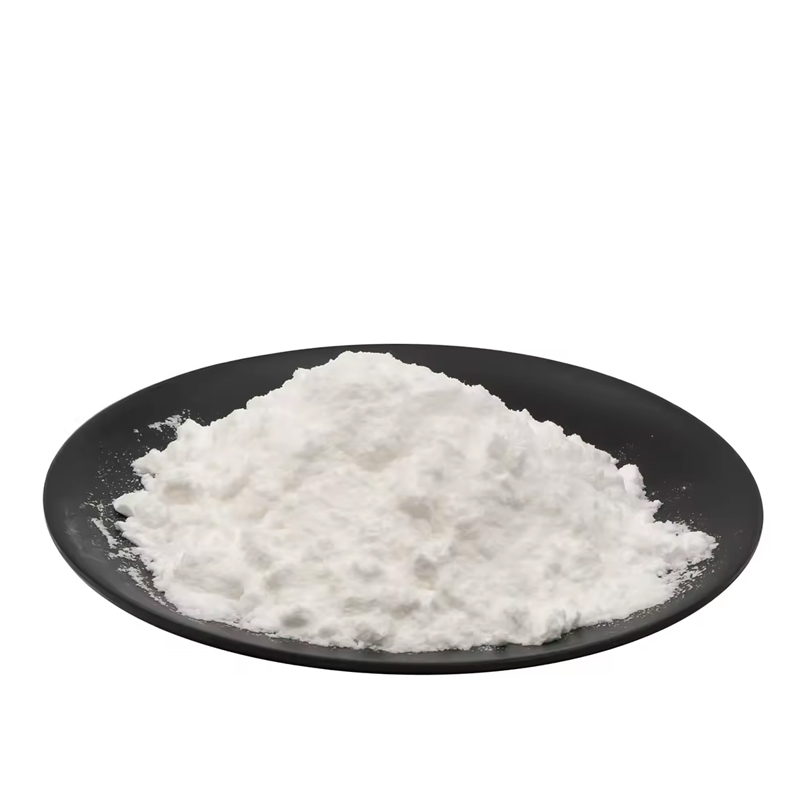

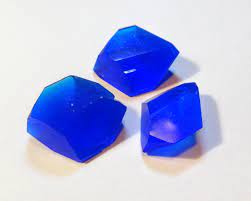



Reviews
There are no reviews yet.